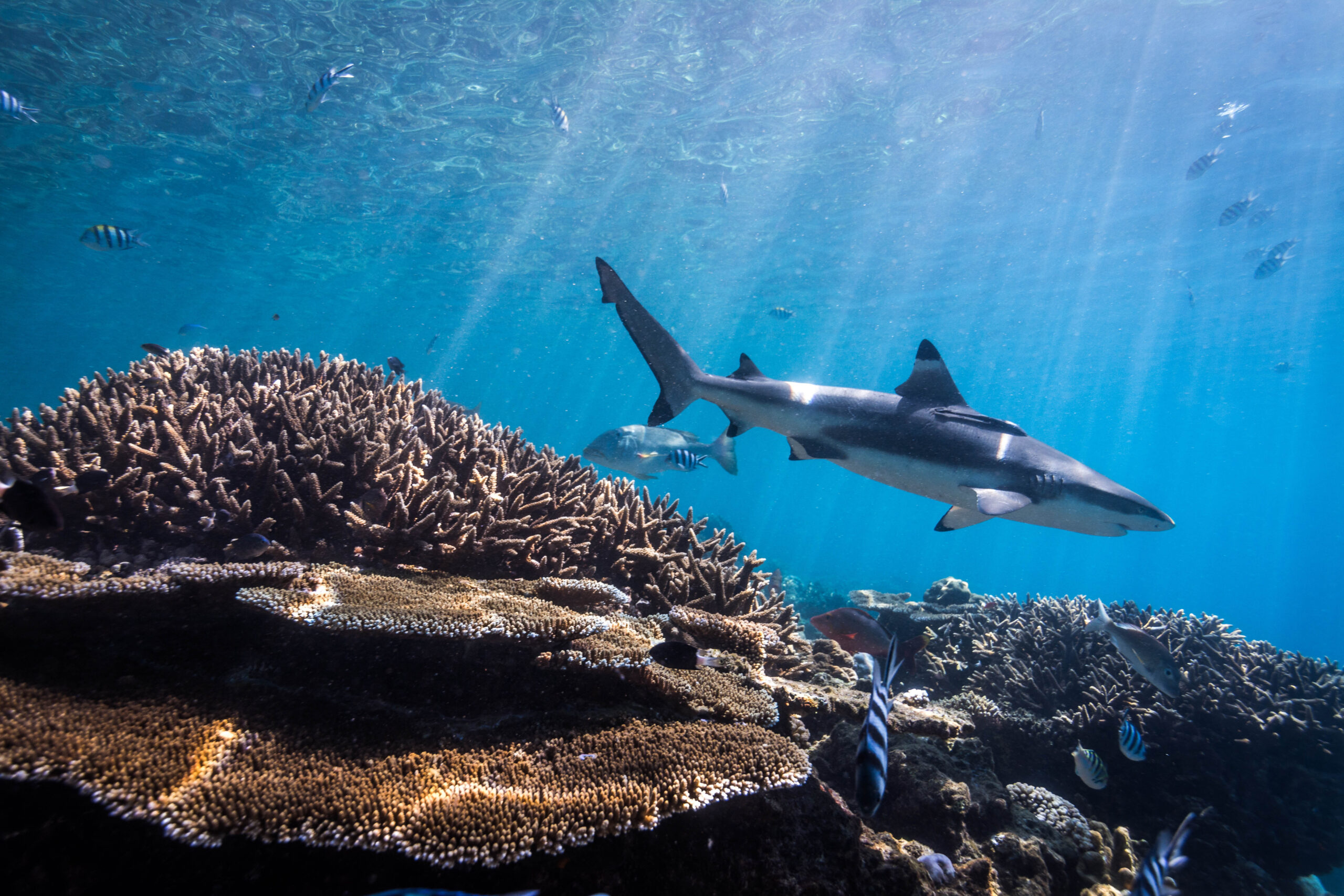Useful to marine reserve designers, this paper by Botsford et al. describes four principles that address the following two questions: (1) how will the outcome of marine reserves compare to conventional fishery management through size limits and effort control, and (2) how does the nature of movement of the species we are trying to protect affect the design of marine reserves. The four principles are, as follows: reserves increase yield similar to increasing size limits and decreasing mortality, preserving biodiversity is most effective in reserves with low rates of juvenile and adult movements while fishery management is most effective with intermediate rates of adult movement, and larger fractions of coastlines are necessary for protected species with higher dispersal distances
Author: Botsford, L.W., F. Micheli, and A. Hastings
Year: 2003
View Full Article
Ecological Applications 13: S25-S31. doi:10.1890/1051-0761(2003)013[0025:PFTDOM]2.0.CO;2


